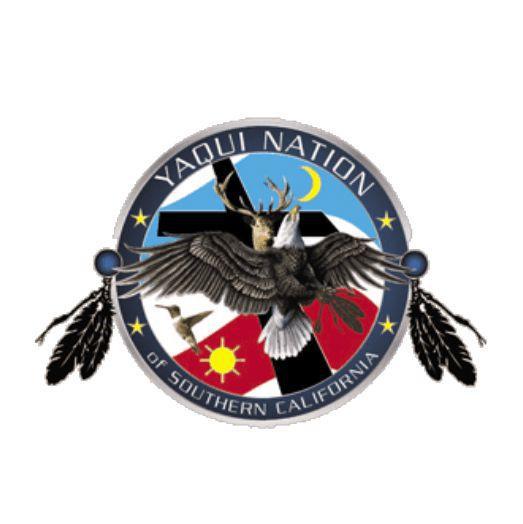Juan Maldonado (Tetabiate)
Tetabiate (Tetaviecti, meaning “Rolling Stone” in the Yaqui or Yoeme language), also known as Juan Maldonado Waswechia Beltran (28 August 1857 – 9 July 1901), was the leader of the Yaqui resistance to Mexican attempts to destroy their society and incorporate them fully into the Mexican state after the execution of Cajemé in 1887.
Tetabiate was the son of Pablo Maldonado and Felipa Beltran, and was born in Hermosillo, Sonora, Mexico. He was baptized at the Catedral de la Asunción, in Hermosillo, on August 31, 1857 (Iglesia Católica, 1857).
Following the death of Cajeme on April 23, 1887, Tetabiate led the Yaqui nation for the next 14 years in a guerrilla war against the Porfirio government of Mexico. He was killed on July 9, 1901, in the Bacatete Mountains of Sonora, while fighting against Mexican forces under the command of Loreto Villa (Chief of Yaqui Falls Fighting, 1901). It was reported that the son of Tetabiate, Guillermo, continued the fight against the Mexican forces after his father’s death (Mexico’s Yaqui War, 1902).
More on Wikipedia
Cajemé
José María Leyba
José María Bonifacio Leyba Perez was born May 14, 1835 [2] , at Pesiou (the Yaqui name), Sonora, also known as Villa de Pitic (Pitic is derived from the Yaqui word “Pitiahaquím,” meaning “place surrounded by streams”), currently called Hermosillo, in honor of José María González de Hermosillo, hero of the insurgency in the Mexican War of Independence against Spain.[3][4] Cajemé’s foremost biographer, Ramón Corral, stated in his published biography of Cajemé that he was born in 1837 [5] This date has been used by many other writers since then. However, the baptismal record shows this to be incorrect,[6] and that Cajemé (José María Bonifacio Leyba Peres) was actually born two years earlier. Ramón Corral’s initial series of biographical newspaper articles on Cajemé appeared in Sonora’s official state newspaper, La Constitución (Corral, 1887).[7] In the articles, José María Leyba’s father is initially properly identified as Fernando Leiva. Later in the articles, José’s father is called “Francisco,” an error on the part of the typesetter in publishing the newspaper articles. This name has mistakenly continued to be used in later publications since then. Corral states that Fernando was born at Huirivis, Sonora, and his mother, Juana María Peres, Corral says was born at Potam, Sonora. The historic record shows Fernando was actually born January 18, 1798, at Hermosillo, Intendencia de Arizpe, Nueva España, and Juana was born February 24, 1815, at Hermosillo, Intendencia de Arizpe, Nueva España, facts supported by their recorded baptismal records.[8]
More on Wikipedia


